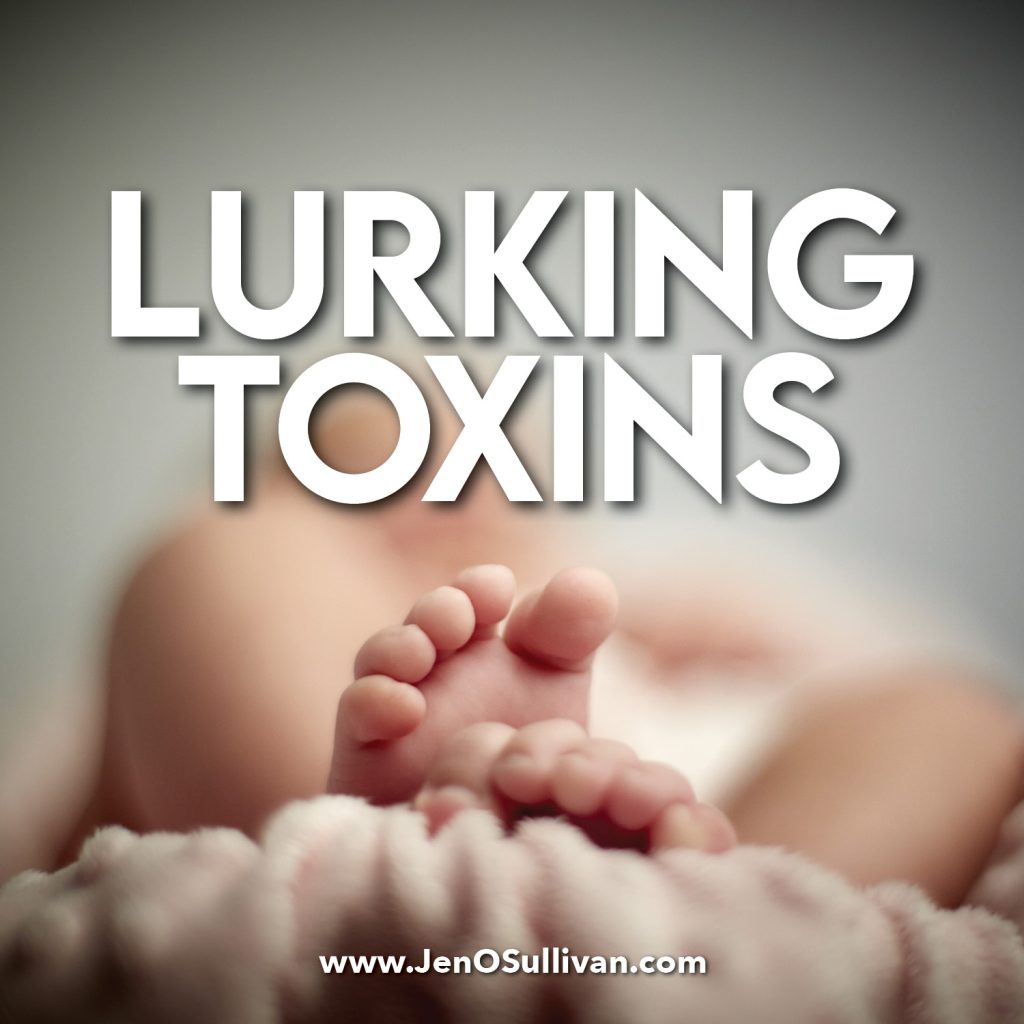
By Jen O’Sullivan
We are often told to do various audits in our lives such as a food audit, financial health audit, and even health audit. Within a health audit, have you ever looked at it from the perspective of your own personal toxic footprint? I recommend that you perform a toxic footprint audit on your living and work spaces. Work to eliminate as many toxins as possible.
While many products and companies try to greenwash us into thinking many of their synthetic items are safe and therefor non-toxic, this is simply not true. If you use essential oils in your home or items like ozone machines and natural cleaning products, these will fight to breakdown synthetic substances and potentially cause toxicity for you and your family. Your pets and little ones are especially susceptible to small amounts of synthetic toxins. One of the worst offenders is fragrance.
It is extremely important to remove all items that contain synthetic fragrance such as Windex, 409, other cleaners, personal care products, perfumes, soaps and detergents, scented candles, air fresheners, etc. Work at removing as many fragranced items as possible. See the Avoid List below.
AVOID:
- Alcohol (Wine / Beer / Spirits)
- Candles (Scented)
- Coffee / Caffeine
- Colorings (like Red 40)
- Dairy (Casein)
- Drugs / Smoking
- Fats (Trans / Saturated)
- Flavorings (like MSG)
- Gluten / Wheat
- GMOs (like Soy / Corn)
- High Fructose Corn Syrup
- NSAIDs (like aspirin and ibuprofen)
- Preservatives
- Processed Meats
- Soda / Juices
- Sugar Alternatives
- Sugar (Processed)
- Synthetic Cleaners
- Synthetic Fragrance
- Synthetic Medications
- Synthetic Products
- Toxic People




